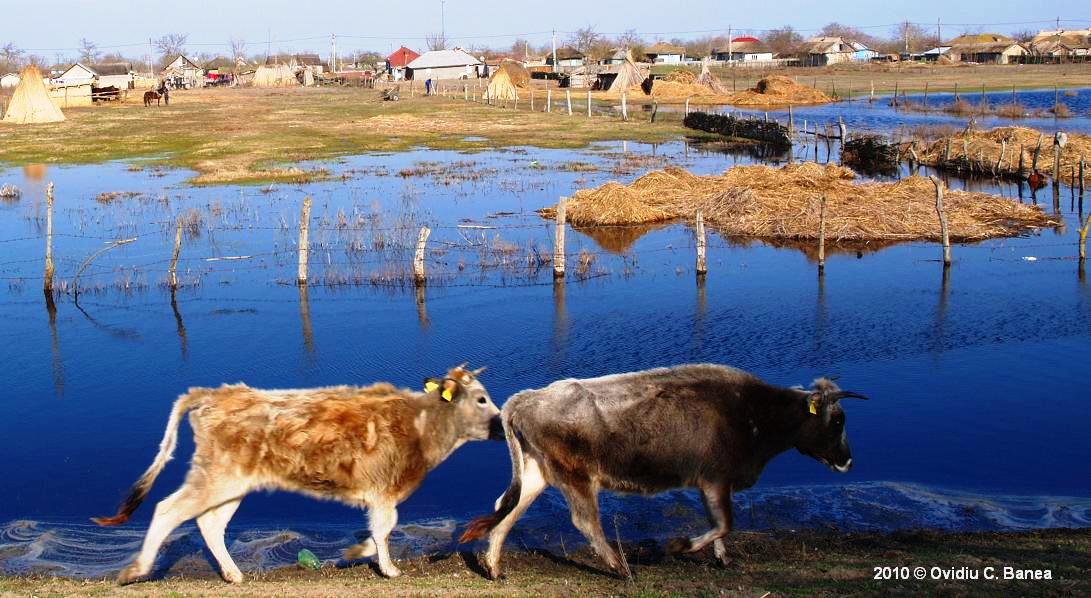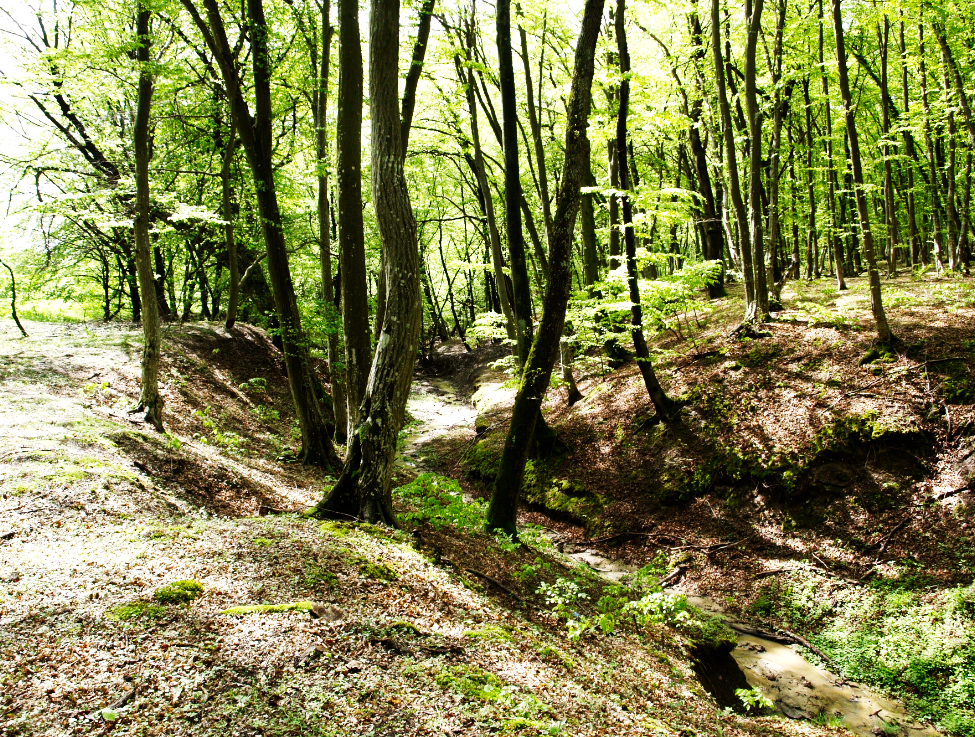13th to 16th of October 2014, Veliko Gradiste, NE Serbia.
First International Jackal Symposium
by Ovidiu C Banea
First International Jackal Symposium
by Ovidiu C Banea
A wonderful nature place, silent and relaxing just near the Danube River.
More than 47 researchers from Serbia, Croatia, Slovenia, Bosnia and Herzegovina, Israel, Greece, Bulgaria, Hungary, Romania, Austria, Italy, United Kingdom, Tanzania, Ukraine, Poland, Norway have participated to the First Jackal Symposium. See program here and the official website of the Symposium here.
Ecology Department of Crispus NGO Sibiu Romania had participation in 6 oral papers.
1) With colleagues in Slovenia & Croatia: Miha Krofel, Jasna Mladenovic*, Tomaz Berce, Mateja Derzic, Ivana Selanec, Ovidiu C Banea: Population densities and habitat use of the golden jackal (Canis aureus) in selected areas of Croatia
2) From Bulgaria: Ilya Acosta-Pankov*, Ovidiu C. Banea, Nikolai Spassov: Preliminary results of the population density of golden jackals (Canis aureus Linnaeus, 1758) in various habitats in Eastern Bulgaria
3) From Poland: Robert Rutkowski, Peep Männil, Dusko Cirovic, Eduard Yavruyan, Vahram Hayrapetyan, Anatoliy M. Volokh, Joszef Lanszki, Miklos Heltai, Laszlo Szabo, Miha Krofel, Ovidiu C. Banea, Ewa Suchecka, Wieslaw Bogdanowicz*: Genetic Structure and Expansion of Golden Jackals (Canis aureus) in Europe and the Caucasus
4) Our new data on population density and harvest in Romania: Cristian-Remus Papp, Ovidiu C Banea* & Roxana Tudosa: New data on distribution range, population density and management aspects of the golden jackal in Romania (updated to 2013).
5) Collaboration with Italy: Luca Lapini & Ovidiu C Banea*: Life-history traits, anthropogenic expansion and conservation status of the GJ in Europe
6) Ovidiu C Banea*, Wieslaw Bogdanowicz, Miha Krofel, Vasyl I. Pridatko, Dusko Cirovic, Peep Männil, Grygory Kolomitsev: Long-distance dispersal of the golden jackal across biogeographical European regions. Theoretical model of jackal natural colonization on Boreal biogeographical region in Estonia and Latvia mainly based on high adaptability of the golden jackal species with large litters up to 8 cubs, with weaning from 75th day of birth and reproductive age of 1 year old (Ivory A, 1999) possible traits form both r and K strategies, large exercise endurance up to 50-60 km per day (Heltai, 2014)
Aleksandra Penezic & Dusko Cirovic Seasonal aspects of the golden jackal diet in Serbia
UK, Poland, Hungary and Bulgaria
Dr Patricia D Moehlman, Tanzania
Igor Trbojevic, Bosnia & Herzegovina
Different distribution maps of golden jackals (dots) and wolves (squares) in B&H
Sinisa Ozimec
Ivica Boskovic et al, (Distribution maps in Croatia)
The actual global range map is getting better
Fieldwork
Visit to Ram Fortress
The place first finds its reference in Trajan Emperor times as a settlement where the cavalry units were stationed before crossing Danube into the Thracian (Dacians) territory, actual Romania. The earliest record of Ram Fortress dates back to 1128 CE, as the year when where the Byzantines army defeated the Hungarians. After victories in this region, Byzantine army have focused their activities on the Pannonian Basin. In order to protect the right bank of the Danube Ottoman sultan Bayezid II (1480-1512) was revised and strengthened the existing fortress for fighting firearms. Ram Fortress represents one of the oldest artillery fort in Serbia.
The Ram fortress lies at the 21st kilometer upstream from the Veliko Gradiste, on the hill right above the Danube River.
Ram fortress was built on the ruins of ancient and Byzantine foundations by the Ottoman Sultan Bayezid the Second. Still visible openings for cannons on the towers shows that Ram was an artillery fort located on the Danube River. It has a strong guard tower and four smaller towers that has strengthen the walls. There are several legends about the name of the fort that are related to the founders of Rome, brothers Romulus and Remus, or fort "Ihram".
Right next to the fort there are the remains of an old Ottoman Caravanserai * 6 centuries old. It is the only preserved Caravanserai in Serbia and we can say that this is the first tourist complex built on the most important way from the Balkan to the north towards Budim and Vienna. Not far from the fort there are remains of a Roman military camp Lederata.
On the background the water covers now up to 2 km between the two banks of the Danube River after construction in the 70s of the hydroelectric power stations on the Iron Gates I and II.
Food resources: "We agree..."
Lucian, with an omnivorous foraging behavior
Ecological guide of terrestrial carnivore (Lanszki et al)
After Ecosemiotica II in Sozopol, Bulgaria
With Lucian Parfon, Ecology Department of Crispus NGO Sibiu, Black Sea Coast in Tsarevo after work with Phd Candidate, Ilya Acosta-Pankov in Strandja Mountains SE Bulgaria (two weeks ago)
I certainly have to thank Dr Dumitru Murariu for his continuous large discussions and help regarding golden jackal ecology and dispersal in Romania since the beginning of my surveys on jackal specific ecological systems in the Danube Delta. Here, after Ecosemiotica II, Grigore Antipa Museum, 23rd of Sept 2014.
Many many thanks to Aleksandra Penezic and Dusko Cirovic, University of Belgrade (Faculty of Biology) for making possible the First International Jackal Symposium. I am sorry that I couldn´t stay to see all conferences, but I am sure that our collaboration with all more than 47 researchers around the globe just started.
I hope it will be find a way to update all presentations on the official website for the people who couldn´t assist to the entire lectures program. Or on the common website www.goldenjackal.eu



































































